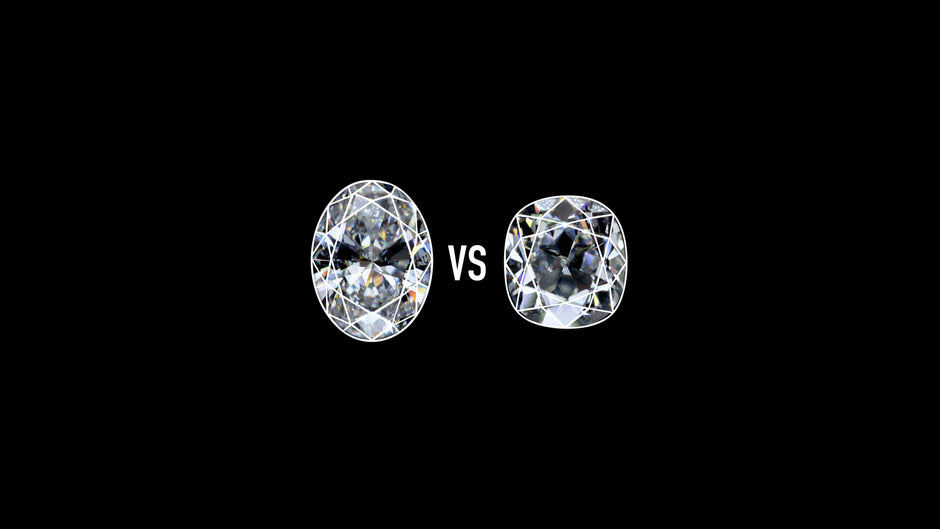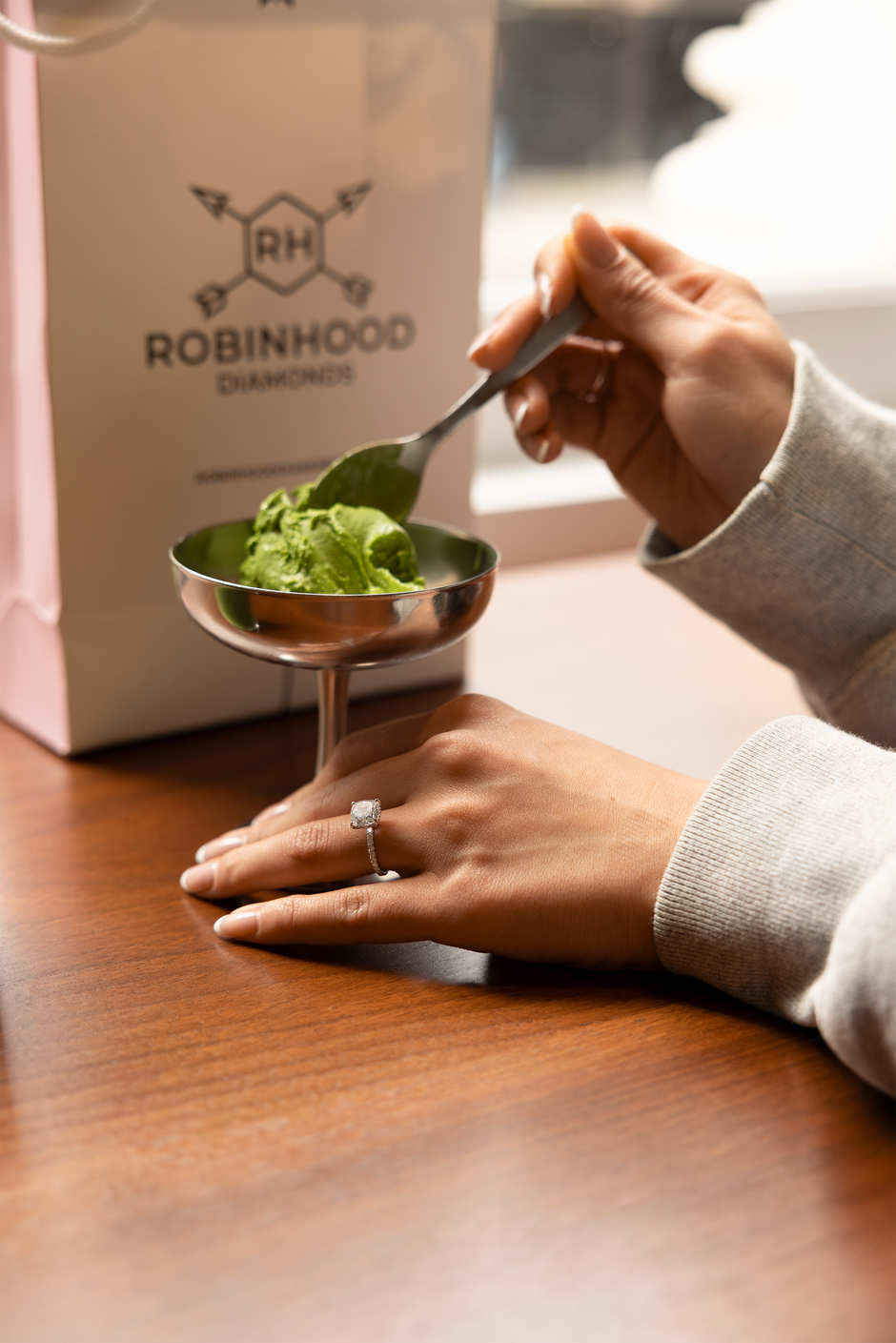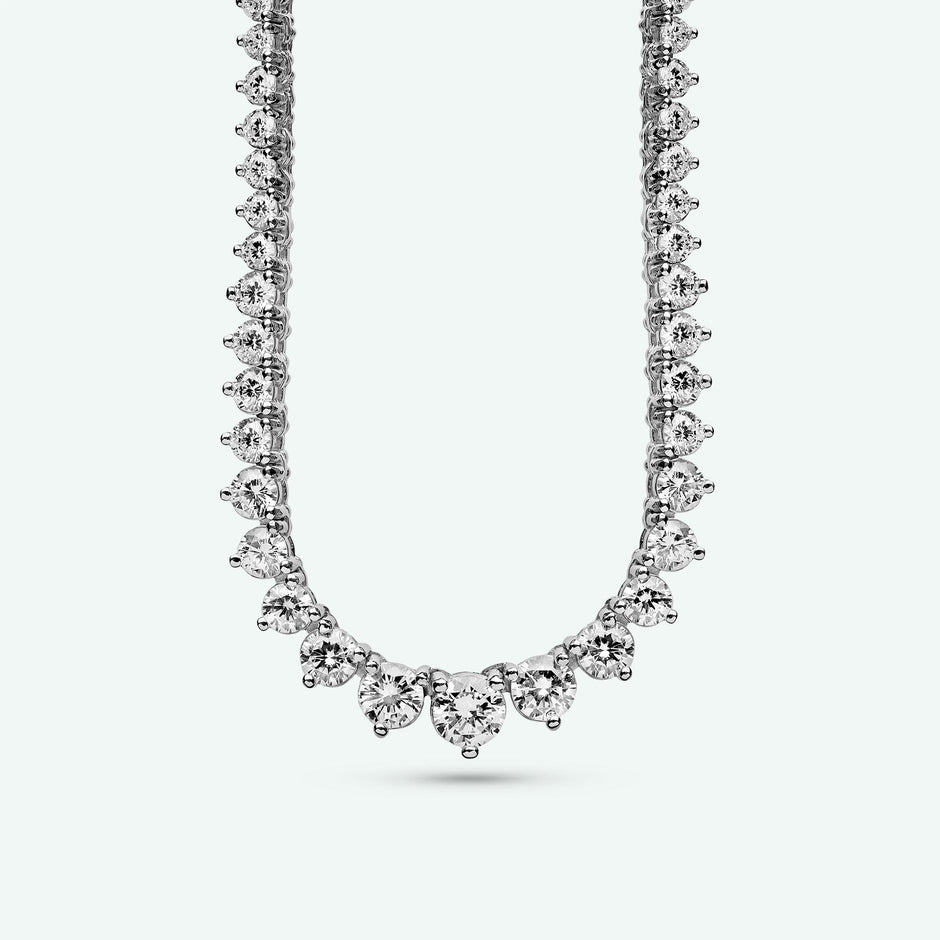Diamonds have always been a symbol of luxury, love, and timeless beauty. But with the emergence of lab-grown diamonds, the diamond industry is experiencing a significant transformation. We’ll dive into the main differences between lab-grown and natural diamonds, so you can make a decision that aligns with your budget, values, and personal style.
Photo: Getty Images
1. What Are Lab-Grown and Natural Diamonds?
Natural diamonds are formed over millions of years deep within the Earth’s mantle, where they endure intense heat and pressure. Made entirely of carbon, these gems are created through natural geological processes that require extreme conditions. In contrast, lab-grown diamonds—often referred to as synthetic or cultured diamonds—are crafted in controlled lab environments using advanced technology that mimics these natural processes.
Even though they come from different origins, lab-grown and natural diamonds have the same chemical makeup, crystal structure, and optical properties. This means that to the naked eye, they are nearly indistinguishable, with the main differences lying in how they are formed and their price tags.
In recent years, lab-grown diamonds have surged in popularity, thanks to their lower cost and perceived environmental advantages. However, natural diamonds still maintain their status as rare, precious gemstones, each with a unique story tied to the Earth’s geological history.
2. Formation Process: Nature vs. Laboratory
The way natural and lab-grown diamonds come to life is totally different, but the end result is almost the same.
Natural Diamonds: Imagine carbon buried 100-150 miles underground, under extreme heat (about 2200°F) and crushing pressure (725,000 pounds per square inch). Over millions of years, these intense conditions cause carbon atoms to bond together and form diamonds. Volcanic eruptions then push these diamonds closer to the surface, where they’re mined.
Lab-Grown Diamonds: Instead of waiting millions of years, lab-grown diamonds are created in just weeks or months using two main techniques:
HPHT (High Pressure High Temperature): Think of this as a mini version of the Earth’s mantle. A small diamond seed is placed in a pressurized chamber and exposed to extreme heat. Carbon atoms attach to the seed, forming a larger diamond crystal.
CVD (Chemical Vapor Deposition): In this method, a carbon-rich gas like methane is heated to create a carbon cloud. The carbon atoms settle onto a diamond seed, building it up layer by layer into a sparkling diamond.
Both methods produce diamonds that look and feel just like natural ones but are made in a fraction of the time.
Photo: Getty Images
3. Cost Comparison: Which Is More Affordable?
When you dive into the world of diamonds, the price difference between lab-grown and natural stones is pretty surprising. Lab-grown diamonds usually cost about 30-50% less than their natural counterparts of similar size and quality. So, what’s behind this price gap?
First off, it’s all about time. Natural diamonds take millions of years to form, while lab-grown diamonds can be created in just a few weeks or months. Less time means lower costs.
Then there’s the supply chain to consider. Mining, cutting, and distributing natural diamonds involves a lot of labor, transportation, and logistics — all of which can really add up. Lab-grown diamonds streamline this process, helping to keep costs down.
And let’s not forget market perception. Natural diamonds are viewed as rare treasures and come with a premium price tag, while lab-grown diamonds are more accessible to everyone.
That’s where Robinhood Diamonds steps in. Not only are lab-grown diamonds a more budget-friendly choice, but we’re also making them even more affordable. With the lowest lab diamond prices in the industry, you can enjoy stunning, high-quality diamonds without the hefty markup. Because at Robinhood Diamonds, we believe luxury shouldn’t empty your wallet.
Photo: Getty Images
4. Environmental Impact: Sustainability and Ethical Considerations
When it comes to choosing between lab-grown and natural diamonds, the impact on our planet and its people is crucial too.
Natural Diamonds: Mining for natural diamonds can really harm the environment, leading to habitat destruction, soil erosion, and higher carbon emissions. Plus, the diamond industry has a troubling history with unethical labor practices and conflict diamonds. Initiatives like the Kimberley Process are working to promote more ethical sourcing.
Lab-Grown Diamonds: Lab-grown diamonds are often seen as a more eco-friendly option since they require less land and water. However, the production process can be energy-intensive, especially if it relies on non-renewable sources. The good news? Some companies are now turning to renewable energy and carbon-neutral practices.
At Robinhood Diamonds, we’re all about making smarter choices — for your wallet and the planet.








